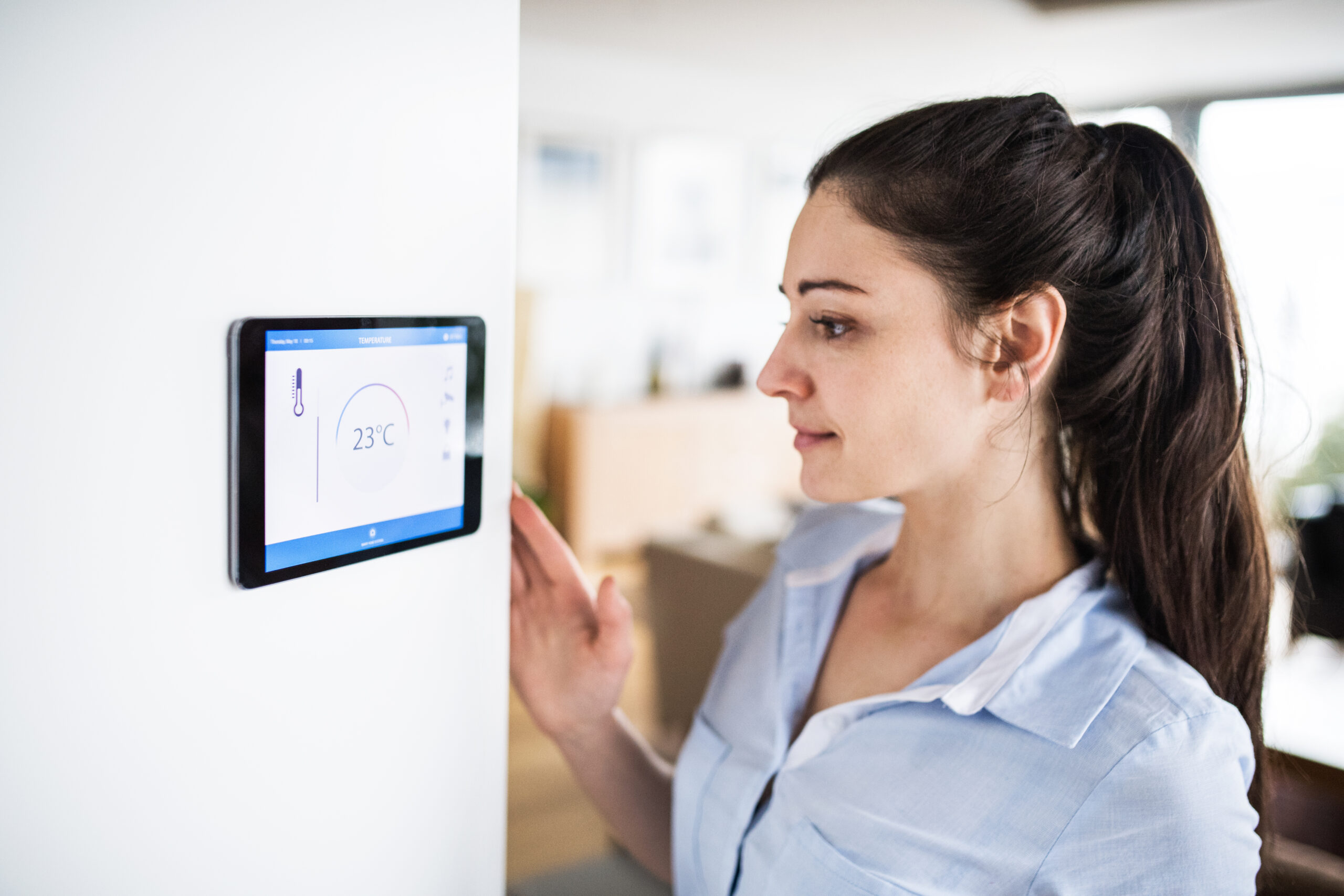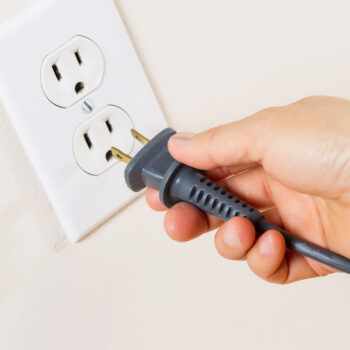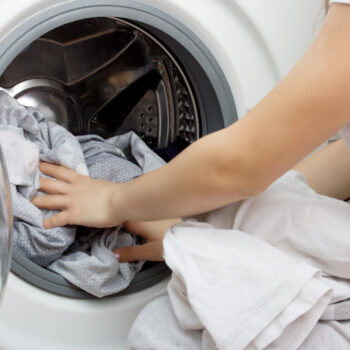
Smart Thermostats
Smart thermostats are a great tool to help you control your home’s temperature and reduce your energy consumption. A smart thermostat is a thermostat that can be used with home automation and is responsible for controlling a home’s heating and cooling. A user can adjust the thermostat settings from other internet-connected devices, such as a laptop or smartphone.
A smart thermostat works best when you know your home inside and out! Take time to consider yours and your family’s habits, the temperature of different rooms in the house and everyone’s day-to-day schedule. One way to help control the temperature of your house is to have sensors in each of the rooms. For instance, a thermostat is typically placed in the hallway, which is cooler than your kitchen. By placing a sensor in your kitchen, you can hep control the temperature for that area and ensure the area stays cool.
Smart thermostats have some cool features that will allow you to control the temperature of your house from a smart device, and subsequently help you save money. A common feature is controlling the temperature on a commute or while you are on vacation. Smart thermostats can even be programmed to send you reminders on replacing your furnace filter and can run your AC Longer to help remove excess moisture from your home. Take some time to consider a smart thermostat and read all of its potential features!
Where should I place my thermostat?
You should try to avoid placing your thermostat in an area with extreme temperatures, such as near windows and doors or in spots that receive direct sunlight. This will cause false readings, which will result in unnecessarily running your heating or cooling system and subsequently running up costs and increasing your energy consumption. In addition, you should avoid placing your thermostat in areas near appliances that radiate heat or in places that are out of the way. For instance, your hallway isn’t the same temperature as commonly used rooms, so placing your thermostat there can cause these rooms to get too hot or too cold.
You should place you thermostat in a room that is used frequently to gauge accurate temperatures and to allow for a free flow of air around your thermostat so sensors can accurately read temperatures and engage your heating and cooling system when necessary.


